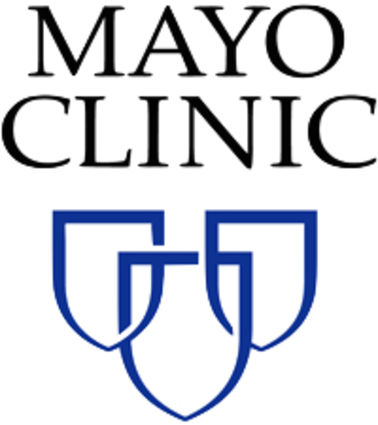MAYO CLINIC
Family history, other factors can affect likelihood of uterine fibroids
Last updated 2/12/2020 at 5pm

DEAR MAYO CLINIC: My mother and my sister were treated for uterine fibroids in their late 30s. I just turned 35, and I'm starting to worry that I'll get them too. Am I at risk for fibroids because I have a family history of them? Are there other things that raise my risk? What symptoms should I watch for?
ANSWER: Heredity can play a role in your risk for developing uterine fibroids. Your age, race, when you started having periods and a number of other factors also can affect your likelihood of getting them. Uterine fibroids don't always cause symptoms. But when they do, heavy menstrual bleeding and cramping are the most common.
Uterine fibroids are noncancerous growths that develop within the muscle tissue of the uterus. These firm masses can range from tiny and almost undetectable to large and bulky. Uterine fibroids are common. The National Institutes of Health estimates that up to 80 percent of women will have uterine fibroids by age 50, and about 25 to 30 percent of cases cause symptoms that require treatment.
Family history is one risk factor for uterine fibroids. Women like you, whose mother or sister had fibroids, are at increased risk for developing them, too. Age also makes a difference. Uterine fibroids don't occur in girls before puberty, nor do they develop in women after they have gone through menopause. These fibroids most often are diagnosed in women in their 30s and 40s.
Race is a risk factor for uterine fibroids, as well. Although the reasons for it are not clear, black women are more likely to have fibroids than women of other racial groups. Uterine fibroids also tend to develop at an earlier age in black women.
Other factors that may increase your risk for uterine fibroids include your menstrual cycles beginning at an early age; obesity; vitamin D deficiency; drinking alcohol regularly; and a diet high in red meat and low in green vegetables, fruit and dairy.
There are factors that can lower your risk of fibroids, too. For example, research suggests that women who use oral or injectable contraceptives are less likely to get uterine fibroids than those who do not, and the risk continues to decrease the longer contraceptives are used. Pregnancy also seems to have a protective effect. The risk of uterine fibroids goes down with each full-term pregnancy.
As you consider your risk of developing uterine fibroids, keep in mind that these fibroids often don't cause any symptoms. They may be found during a test being done for another reason, such as a pelvic exam or a prenatal ultrasound. In these cases, no treatment is needed. Fibroids are not cancerous, and they usually grow slowly. Some do not grow at all.
When uterine fibroids cause symptoms, the most common are heavy or prolonged menstrual bleeding and significant cramping. Due to excess loss of menstrual blood, some women with uterine fibroids may develop anemia. Uterine fibroids also may lead to increased urinary frequency, constipation, pain during sex or a feeling of pressure within the pelvic area.
If you notice symptoms that you suspect could be related to uterine fibroids, make an appointment for an evaluation with your health care provider or a physician who specializes in gynecology. If you do develop uterine fibroids, a variety of effective treatment options are available. - Shannon Laughlin-Tommaso, M.D., Obstetrics and Gynecology, Mayo Clinic, Rochester, Minn.

Reader Comments(0)